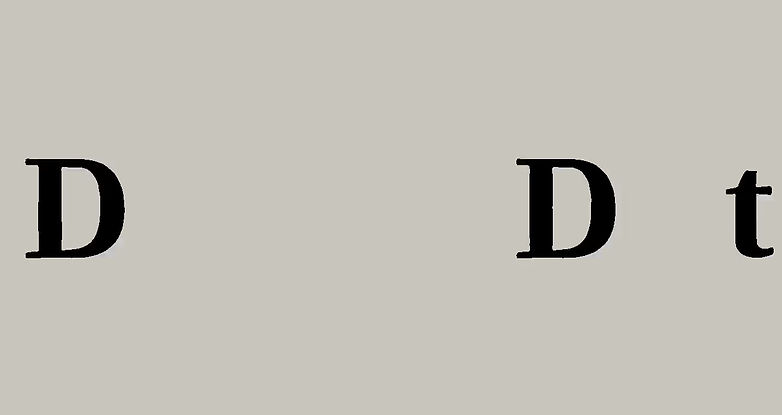DALPHADT


MODEL EQUATIONS
Various multiphase flow models are available depending on the application.
7-equation model-mixtures in full disequilibrium.
The model is based on Baer-Nunziato (1986) formulation and extended to an arbitrary number of phases.
It is able to deal with fast transient conditions, high speeds, high pressure and temperature situations. It also handles high density and volume fraction gradients,
in particular at interfaces.
DALPHADT is a parallel 3D unstructured N-phase N-constituents flow solver. It is able to handle a large class of problems such as Multiphase Flows, Shocks & Detonations and Material interfaces.

The following example considers the formation, propagation and extinction of a detonation wave inside a solid energetic material. Detonation is triggered by a high-velocity impactor. The generated shock wave propagates inside the solid and initiates the reaction at the external pores surface thanks to a novel shock-to-detonation transition model. Due to the presence of surrounding air at atmospheric conditions and decreasing section size (conical geometry), strong rarefaction waves exiting the solid tend to decelerate the detonation
to reach quenching conditions.
The present simulation involves three phases, one for the impactor, one for the solid energetic material and one for the detonation products.

6+1-equation model
6+1-equation model in pressure and velocity equilibrium. This model is able to solve interfaces separating compressible fluids as well as solid explosive detonations (Petitpas et al., Shock Waves 2009) and phase transition (Saurel et al., Journal of Fluid Mechanics 2008). It is a very robust model for flows in velocity equilibrium with material interfaces in extreme conditions.

NUMERICS
DALPHADT is a multi-dimensional code. It can handle 1D/2D/3D meshes and also 1D-cylindrical/spherical and 2D-axisymmetrical coordinate systems.
DALPHADT is built on a second-order in space and time finite volume discretization. Non-conventional solvers have been developped to tackle non-conservative products in extreme conditions with the presence of stiff source terms.

Other features include:
-
Implicit solver using automatic differentiation to tackle complicated models and equations of state.
-
Viscous effects.
-
Rigid body motion using Level-Set strategy coupled by relaxation and ghost fluid method.

